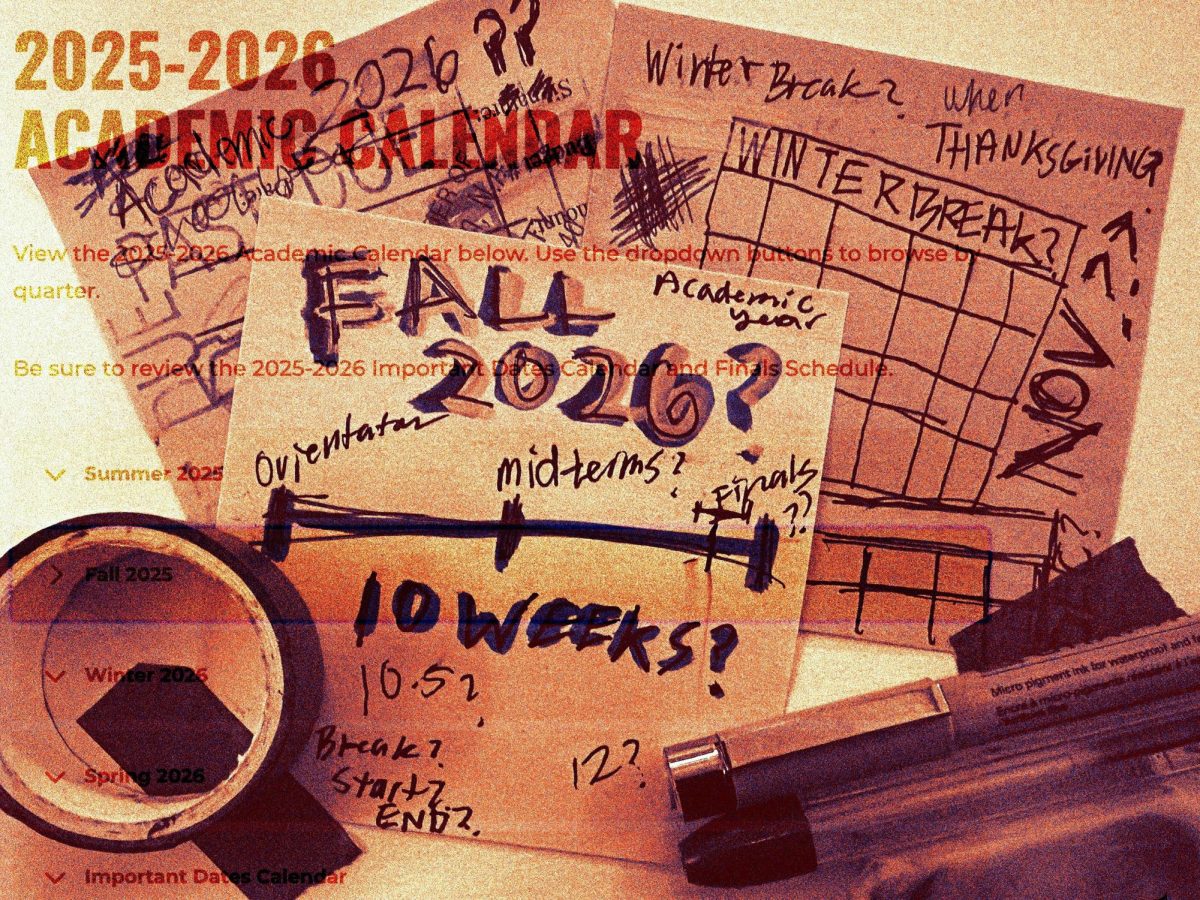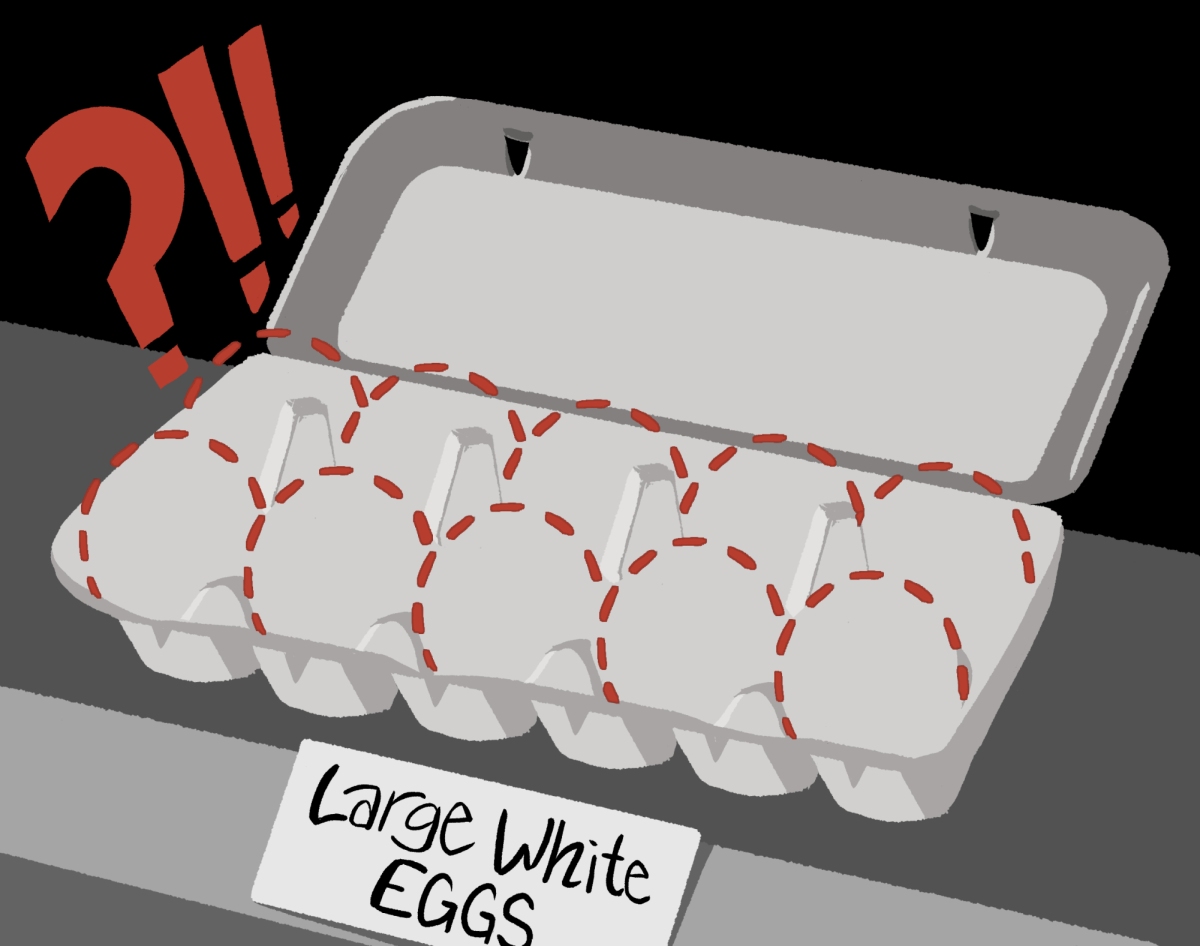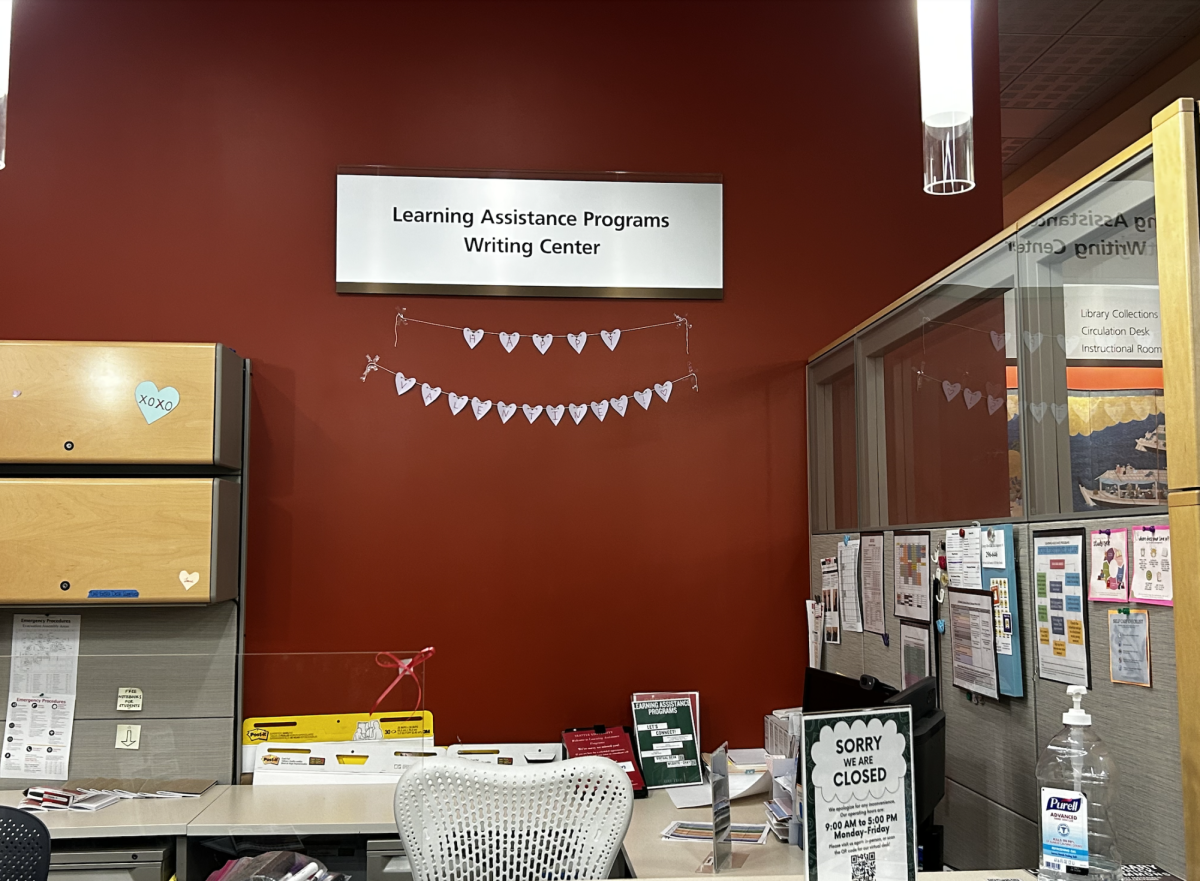When language is utilized as a means to construct identity, highlighting what words give certain groups power of agency over another is important, especially when discussing stigma on the Seattle University campus.
The “Disabled and Proud” photo campaign is an effort by Students for Disability Justice (SDJ) to engage the community and think critically on the word and label of “disabled.”
“We are trying to reclaim the word disabled, because it’s a word with a lot of stigma. It’s not understood as an identity to embrace and take pride in so we’re trying to spin that and portray that it is a positive, and not an inherently negative thing the way that society portrays it as,” said SDJ President Kaley Dugger.
Meeting bi-weekly in the OMA lounge, SDJ aims to advocate for and with students with physical, mental, medical and learning disabilities to create a more accessible and inclusive campus and learning environment. The campaign strives to shed a light on the variety of identities that constitute a disability, some of which are physically apparent and others that are not.
“That’s a big issue that a lot of people don’t understand. Disability is a hugely broad category that encompasses a lot of differences,” Dugger said.
This annual event not only focuses on the experience of those with disability, but also highlights the love and support in dismantling ableism by naming allyship. Each participant can choose between “Ally and Proud” or “Disabled and Proud” white boards to hold up for a picture, or make personalized adjectives that describe their association with disability.
“The whole goal for both this campaign and our club in general is building community among people, both allies and people who identify with disability, supporting one another in academic, social, and all aspects of the college experience,” said Vice President Hannah Jilek.
People with disabilities face stigma stemming from ableist oppression, according to the SDJ’s event description. It is not that a disability makes a person unable, but instead the systems established without all abilities in mind poses unnecessary obstacles.
“There’s just things you have to think about that able-bodied people don’t have to think about. That’s your reality no matter where you are,” Dugger said. “If you don’t have to deal with it, you don’t really notice it.”
Dugger uses a manual wheelchair and has grown accustomed to terrain and elevators to get around campus. Students with crutches, motor wheelchairs, or other physical needs also face similar yet varied challenges when navigating Seattle U.
In order to get from the lower mall to the upper mall, students unable to maneuver the hills between the two use elevators through campus buildings, like Piggott and the Lemieux Library. From the upper mall, there is no elevator or accessible route to Broadway and Swedish Medical for students. While an “inconvenience” for students like Dugger, this issue points to a broader conversation on ableism that is present across Seattle as a whole.
The city has faced lawsuits for violating the Americans with Disabilities Act, showing the room still left for improvement. Curb ramps were the basis of the lawsuit, the need forcing people with disabilities from safely crossing the street. Because of the changing terrain, the city’s average cost for ramp is $13,000, with costs varying on a case by case basis.
Seattle’s Department of Transportation (SDOT) is building 500 to 1,000 curb ramps per year, according to Mike Shaw, the agency’s ADA coordinator, as of 2016. By 2024, Move Seattle aims to build 250 blocks of new sidewalks, and until then people with disabilities can request ramps at specific intersections.
The push for a more accessible Seattle is localized within the efforts of SDJ at Seattle U. SDJ serves as a resource for other students that may not know about accommodations that can help enrich their Seattle U experience. For example, new students can get advice on how to handle different housing situations, ensuring there is a clear line of communication between Housing and Residence Life and Disabilities Services to make sure a student’s needs are meet.
“There’s a lot of things that are really difficult about dealing with a disability on a day to day basis,” Dugger said. “This is a group of people that really understands that, and gets it.”
Jacqueline may be reached at
jlewis@su-spectator.com







